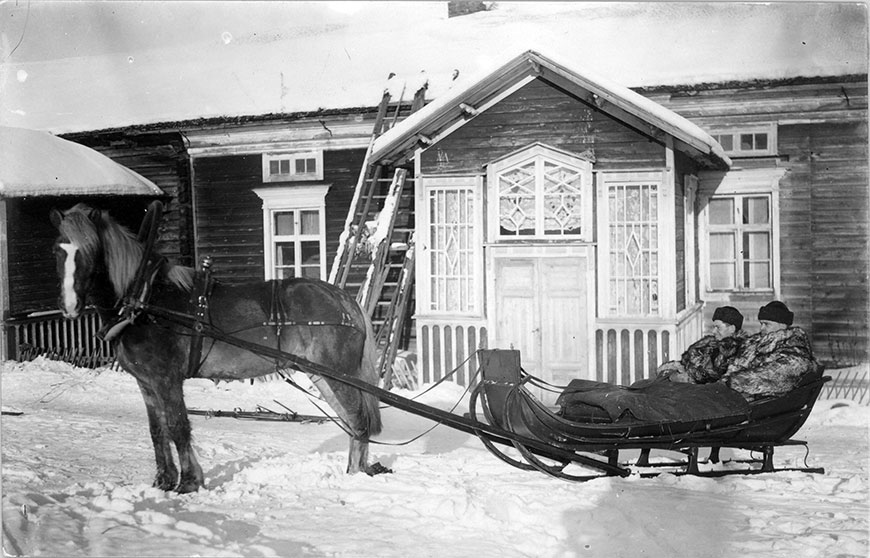History of Finnish Customs: Customs enforcement tasks
In the era of the Grand Duchy of Finland, Customs enforced the entry of private individuals into the country. In the 1800s, Customs was assigned the duty of passport controls, a task also carried out by the Police. Later on, passport controls became a Police task. Ships that arrived from regions plagued by epidemics were subjected to special safety measures which, in practice, were the responsibility of Customs.
Already in the 1800s, a separate import permit was required for poisonous and dangerous substances. Releasing goods from a customs office was not possible without such a permit. Imported meat was also subject to special regulations due to health reasons. The import of margarine was prevented by imposing a high customs duty in order to protect the production of butter. The import of weapons was restricted from the 1700s onwards, and the supervision of weapons imports was tightened even more in the early 1900s. In practice, Customs supervised that goods entered the country under the required permits.
A broader regulation on the safety of import goods was included in the Food Act of 1941 which also covered consumer goods such as clothes and washing agents. According to the Food Act, Customs was responsible for supervising the quality of goods that arrived from abroad. It was not until the 1960s and 1970s that consumer goods control started evolving into a field separate from the control of foodstuffs. At that time, the public became interested in the safety and healthiness of goods.
In 1953, the Customs Laboratory became one of the laboratories that officially supervised foodstuffs. Customs was required to take samples of goods for ensuring their safety. More consumer protection tasks were introduced in the 1970s. At that time, controls of goods by Customs prior to their release for free circulation was considered the most affordable option for all parties concerned.
Customs also gradually took on the supervision of transports of dangerous substances. In addition, Customs carries out enforcement tasks relating to traffic safety.
As import is the most critical stage in goods trade, Customs is a key enforcement authority. Currently, Customs supervises various matters that fall under the scope of 11 different government ministries. Areas of customs enforcement include endangered species, human and animal safety and welfare, weapons of mass destruction, and counterfeit products.

